| |
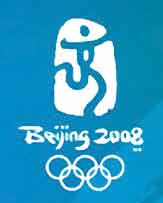
one world one dream
Ebe Cecinelli
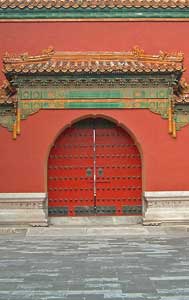 In Beijing on August 8, 2008, the inaugural ceremony of the Olympics will take place at 8 in the evening. China has worked and invested in this long-awaited appointment that offers an occasion to show the world what modern China, which is a driver of the current world economy, can do. In Beijing on August 8, 2008, the inaugural ceremony of the Olympics will take place at 8 in the evening. China has worked and invested in this long-awaited appointment that offers an occasion to show the world what modern China, which is a driver of the current world economy, can do.
The choice of the day, month and the time is not accidental and in the date, the number 8 appears four times. The number is considered very lucky in China and therefore it is a good omen for the great event.
Even before Beijing was chosen as the site for the XXIX Olympics, the municipality had already begun making preparations to make the city more liveable and to reduce pollution.
On the occasion of the visit by the Olympic commission during the month of March 2001, new parks had already been created from nothing, old buildings had been demolished, the ratio of green areas per number of inhabitants had increased and…the grass that had dried with the winter freeze had been sprayed with green paint. Since then everything has been planned, as is customary for the Chinese system, which has proceeded with five year development plans. Once the location was designated, a well organized machine was immediately set in motion, changing and modernising the face of Beijing.
Ancient Chinese culture does weigh in an important way in all of this fervour. Though it has changed in time, it still permeates the spirit of the this country.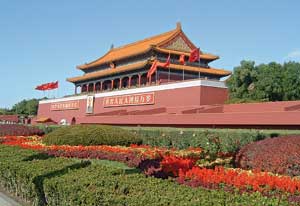
The poet Su Dongpo who lived during the Sun dynasty around 900 years ago wrote: "Though miles apart could men but live forever dreaming they shared the moonlight endlessly," wishing that men could have sustainable development and understand one another even at a distance.
"One world one dream" is the theme chosen for the XXIX Olympics, recalling the verses of this ancient poet in an ideal embrace that China wants to use to unite the modern world.
Beijing is filled with fervour over works, initiatives and expectations.
How has the city changed?
In China's long history, the traditional cultural concept of city was developed 4000 years ago during the period of the Xia dynasty. The ancient Chinese concept of urban planning has seen a series of changes, but it still has a traditional and continuous character that is quite evident in the plan for Peking.
In both the ancient and the modern capital, the Imperial palace (the Forbidden City) is found at the centre, according to what was set down in the "Rites of the Zhou dynasty" (1100-700 B.C.), which expresses the first principles of urbanism tied to the social organization of the feudal society. The nucleus of these Rites are the ethics codes and patriarchal principles, which regulated the social and family relationships of the times and they can still be found in the behavioural codes of modern Chinese society.
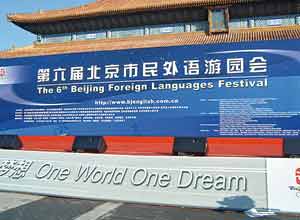 The Rites dictated: "The sovereign must behave as a sovereign, the minister as a minister, the father as a father and the son as a son. In a group, the collective interests are primary, while individual interests are secondary and they must be beneath those of the group, therefore everyone must be loyal to the family, the throne and the state." With a few adjustments for the spirit of the modern People's Republic of China, this is the principle that pervades Chinese society today, constituting a point of strength. The Rites dictated: "The sovereign must behave as a sovereign, the minister as a minister, the father as a father and the son as a son. In a group, the collective interests are primary, while individual interests are secondary and they must be beneath those of the group, therefore everyone must be loyal to the family, the throne and the state." With a few adjustments for the spirit of the modern People's Republic of China, this is the principle that pervades Chinese society today, constituting a point of strength.
The transformation of Beijing took place with that principle, the old dusty capital was turned into a clean functional and modern city. A budget of 36 billion USD was allocated to improve the environment and the infrastructures, with the construction of new subway lines, new urban connection roads and the transfer of factories to non metropolitan areas.
The inhabitants of Beijing want to do their part in welcoming friends that will come from all the parts of the world. They are caught up in the enthusiasm of studying English to be able to communicate freely with foreigners without the impediment of linguistic barriers. More than 100,000 volunteers are making preparations to "Welcome to Beijing," the millions of visitors expected for the Olympics. On the weekend, English study activities are organized in the parks. They are open to all and many people are participating.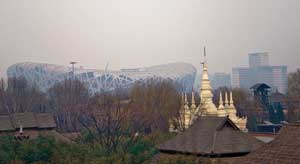
The names of the five mascots Bei-Jing-Hua-Ying-Ni, mean "Beijing Welcomes You." The symbol and the heart of these Olympics are "the Bird's Nest" and "the Water Cube," which respectively serve as the stadium and water sports centre. They were built with innovative technologies and materials in the northern part of the city near the fourth ring road, where the new Olympic zone was designed.
Not even the winter cold and snow slowed down work on the facilities, which were completed early with respect to the times foreseen, as frequently happens in modern China.
Beijing, January 2008
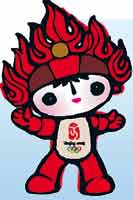 The university has built new sports facilities and it has renewed existing ones to host the Olympic athletes during training. New restaurants and bars have sprung up all over for the "comfort" of the foreign guests, as they say in Beijing with pride. The university has built new sports facilities and it has renewed existing ones to host the Olympic athletes during training. New restaurants and bars have sprung up all over for the "comfort" of the foreign guests, as they say in Beijing with pride.
The negative aspect is the increase in prices, which are expected to continue rising until the Olympic period and then to lower again, all rigorously controlled by the central government.
The expectations are high, big profits are expected and surely those hopes will not be let down.
China will astound the entire world.
*Professor of Italian language in Beijing Language and Culture University
|
|